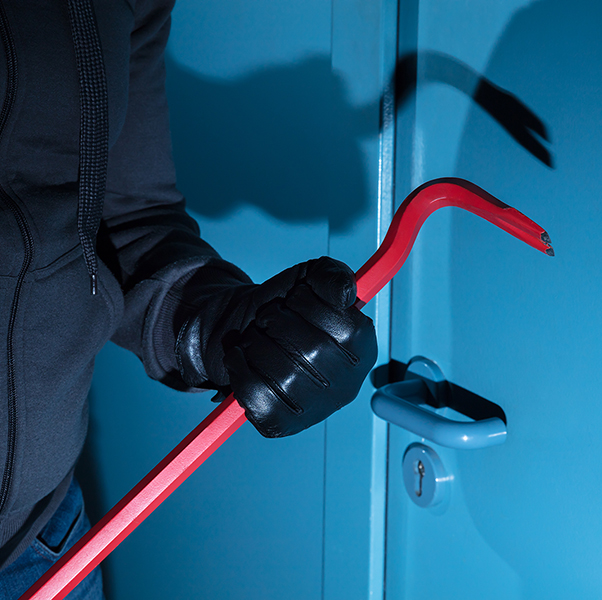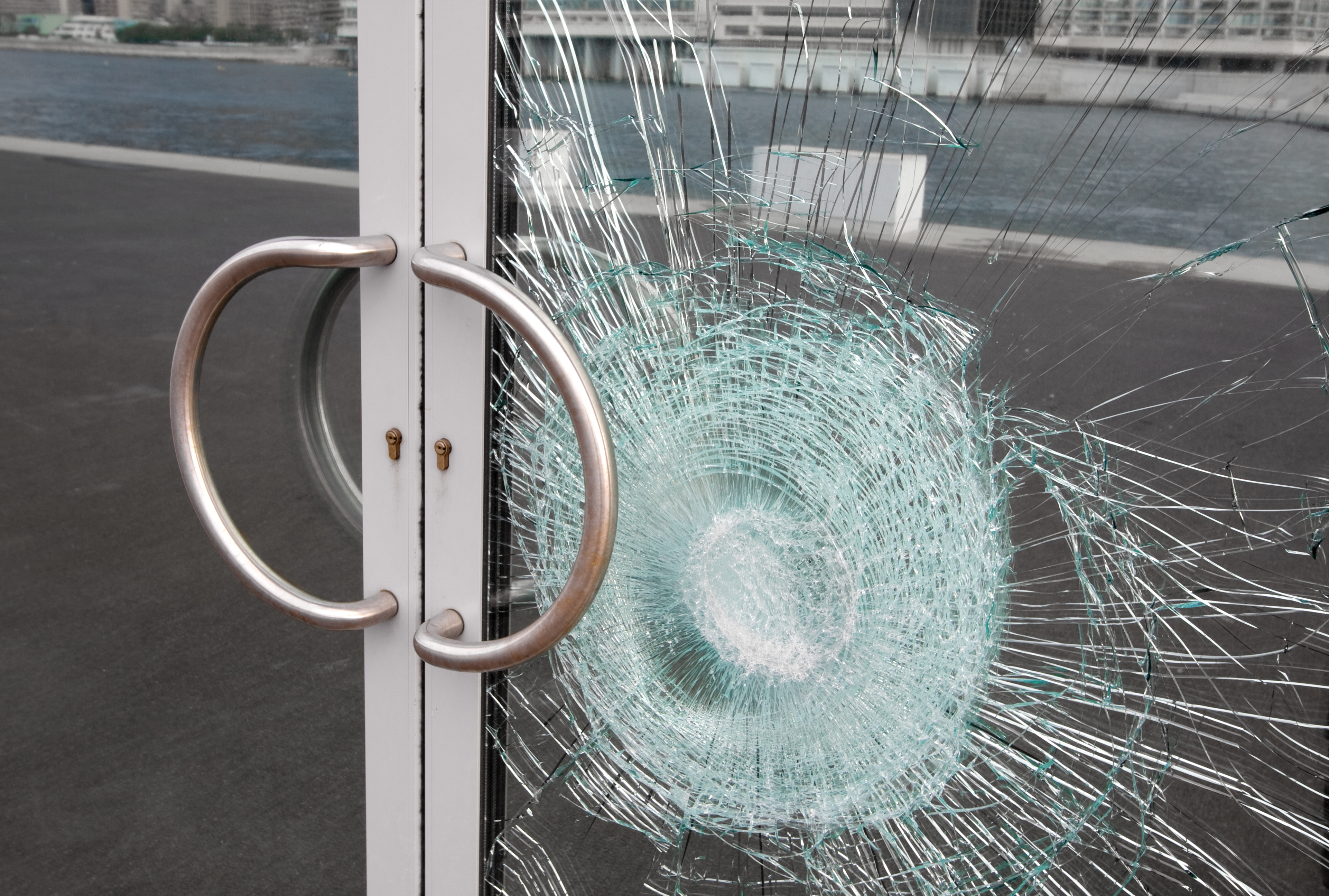Frequently Asked Questions about Physical Security

When researching the Physical Security industry many articles and insights reference cyber security before any mention of actual physical security products. There is no denying that in this digital day and age that a lot of security requirements call for cyber solutions however we believe there is a much-needed space to be filled with further knowledge about physical security.
Perhaps it would be helpful to first define what is meant by Physical Security.
Physical security is security measures which are designed to deny unauthorised access to facilities, equipment and resources and to protect personnel and property from damage or harm.
Great security solutions blend seamlessly into corporate and businesses environments, dormant but ready if a situation arises where the highest levels of protection are needed.
We’ve compiled a short list of FAQs which may help gain a better understanding of the physical security.
What are Physical Security Threats?
Crime against businesses and people take many forms. People acting with intent to steal, rob or harass have often planned in advance, having made a decision to use or require a weapon or specific equipment.
In the industry, we define these threats under four main categories:
Manual Attack - use of handheld weapons such as hammers, screwdrivers, hacksaws, crowbars and drills.
Blast Attack – the use of explosives
Fire Attack – involvement of fire
Bullet Attack – use of guns
Most crimes against businesses and premises can be categorised under these main four areas.
What Physical Security prevents tailgating?
Preventing unauthorised access is vital for tracking the flow of people into a business or premises. Unwittingly allowing a potential person of threat into an area or unauthorised people into restricted areas is potential very damaging. The best physical security products for preventing tailgating (also called piggybacking) are:
Security Portals
Speed Gates
Security Revolving Doors
These products all include sensors which will sounds alarms if more than one person is entering through at one time.
Why is Physical Security the broadest part of security?
The individual needs of protecting people and businesses can vary greatly depending on the type of business and the level of threats anticipated. This could vary from cash protection – the most basic type of physical protection which includes secure cash deposit boxes for a smaller retail businesses, to a more comprehensive level of security for a datacentre. This type of facility would perhaps require blast proof walling, bullet proof windows, entrance control and blast proof doors.
Our products can be used individually to provide protection or in a combination which is why the range is so broad – to serve the smallest requirement to the largest.
Why is Physical Security Needed?
Crime, unfortunately, will always be an issue for businesses. Protecting assets and staff should always be a top priority. Ensuring the protection of physical assets means a business is less likely to suffer financially from loss of stock. Physical security also gives staff peace of mind that their working environment is safe and secure, especially those working directly with the general public where tensions may run high.
How do you measure Physical Security?
Referring back to the four areas of threats mentioned previously, the physical security industry rates products according to their level of resistance, with reference to the type of threat. Each type of threat, e.g. manual attack, has its own classifications. A couple of examples would be:
EN1627-30 with '1627' being the reference which relates to the physical attack performance of the product. '1628' and '1629' are weight and pressure tests, these range in performance levels from RC (Resistance Class) 1 up to 6, and within each level they stipulate a tool attack method and the required level of EN365 glass to be installed at each RC level.
Another example is LPS 1175 issue 8, these range from SR (Security Rating) 1 up to level 8. Products are tested to determine how much they can withstand from different type of tool attacks.
We’ve included a handy guide for the most common resistance levels and classifications on our website.
We are also open to questions and discussion with our customers and audience. If you have any questions, let us know!
Follow us on LinkedIn for our latest updates.
.png?width=3047&height=647&name=Safetell%20Master%20Logo%20CMYK%20(1).png)

